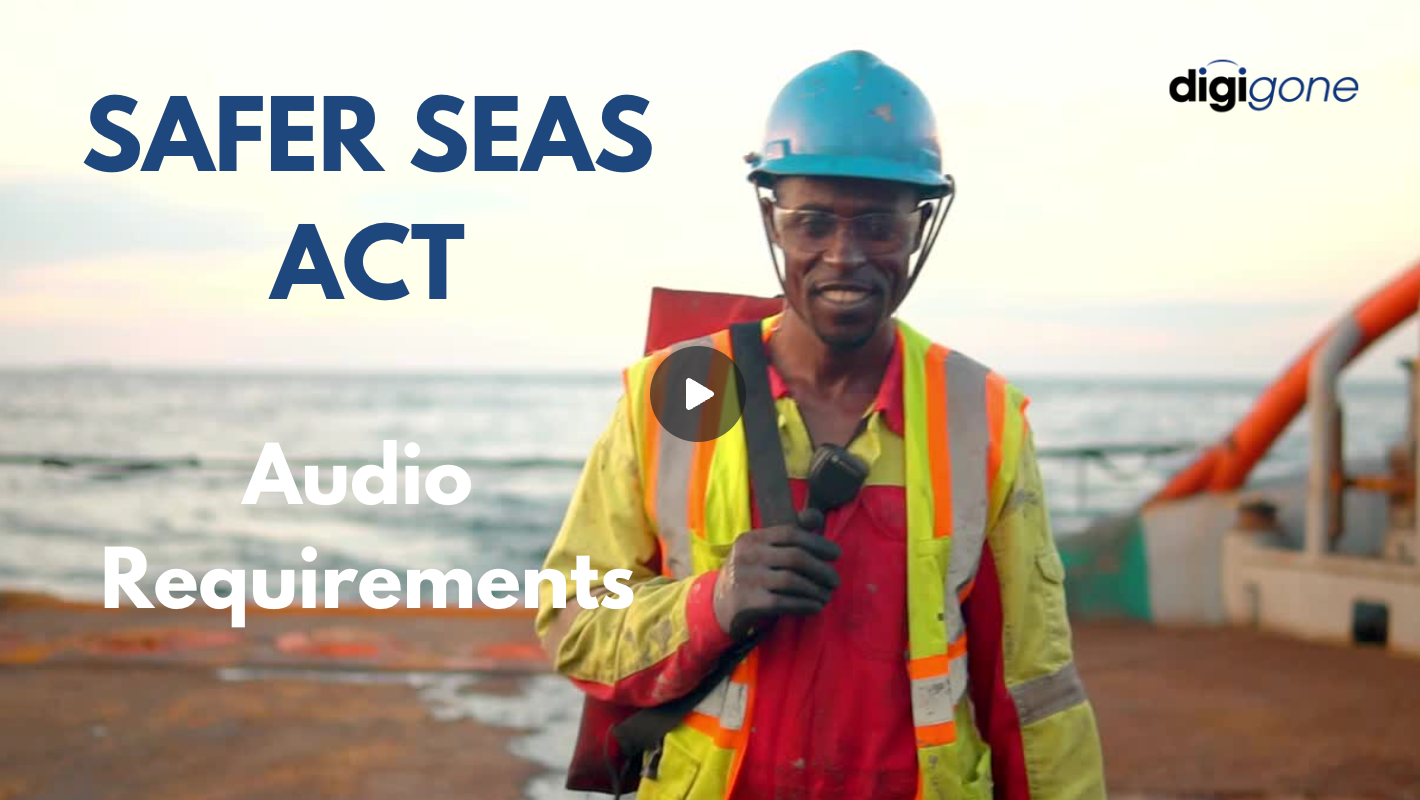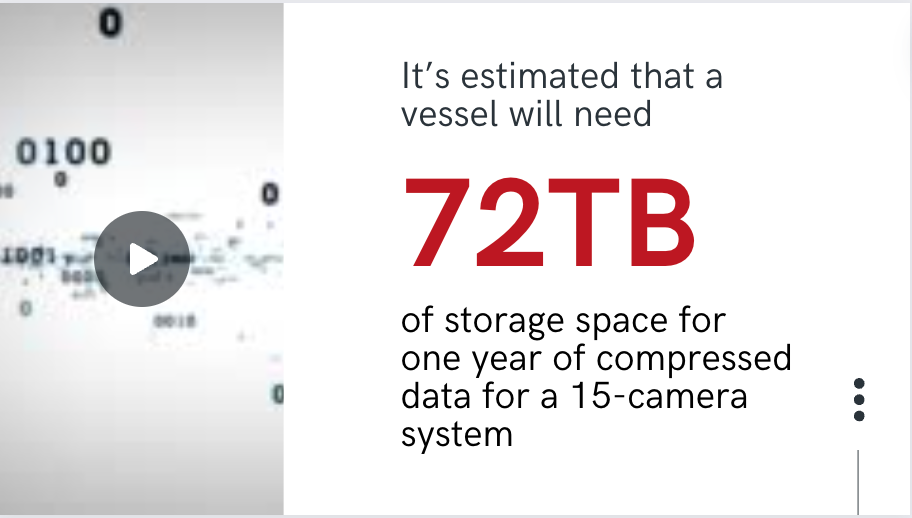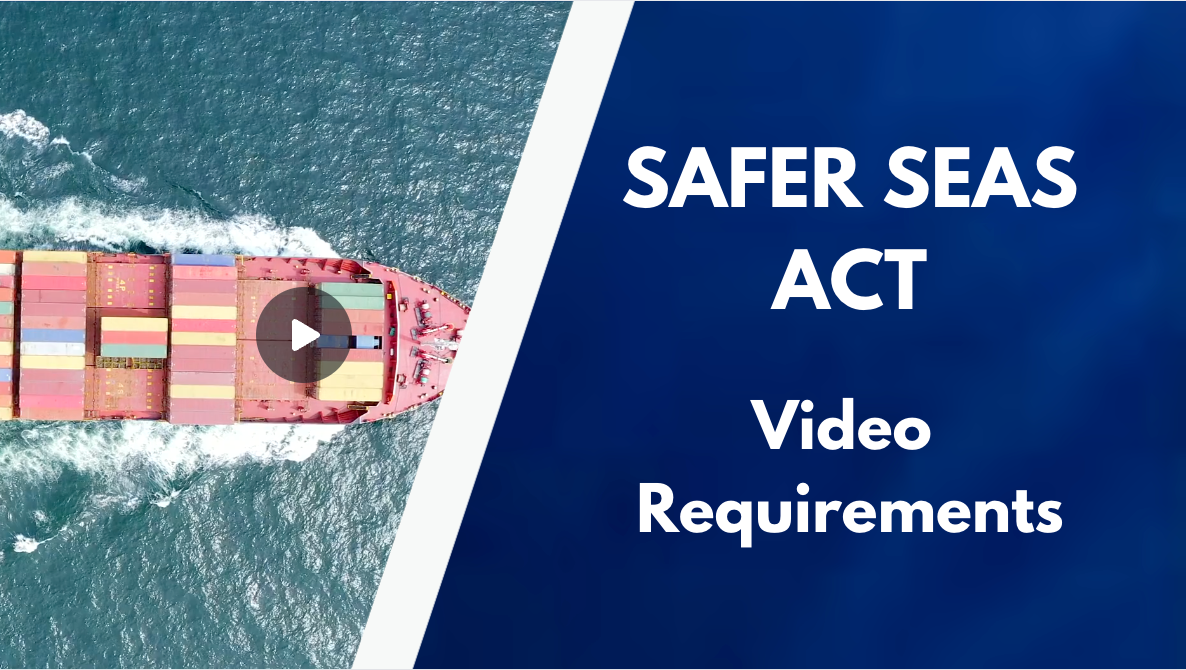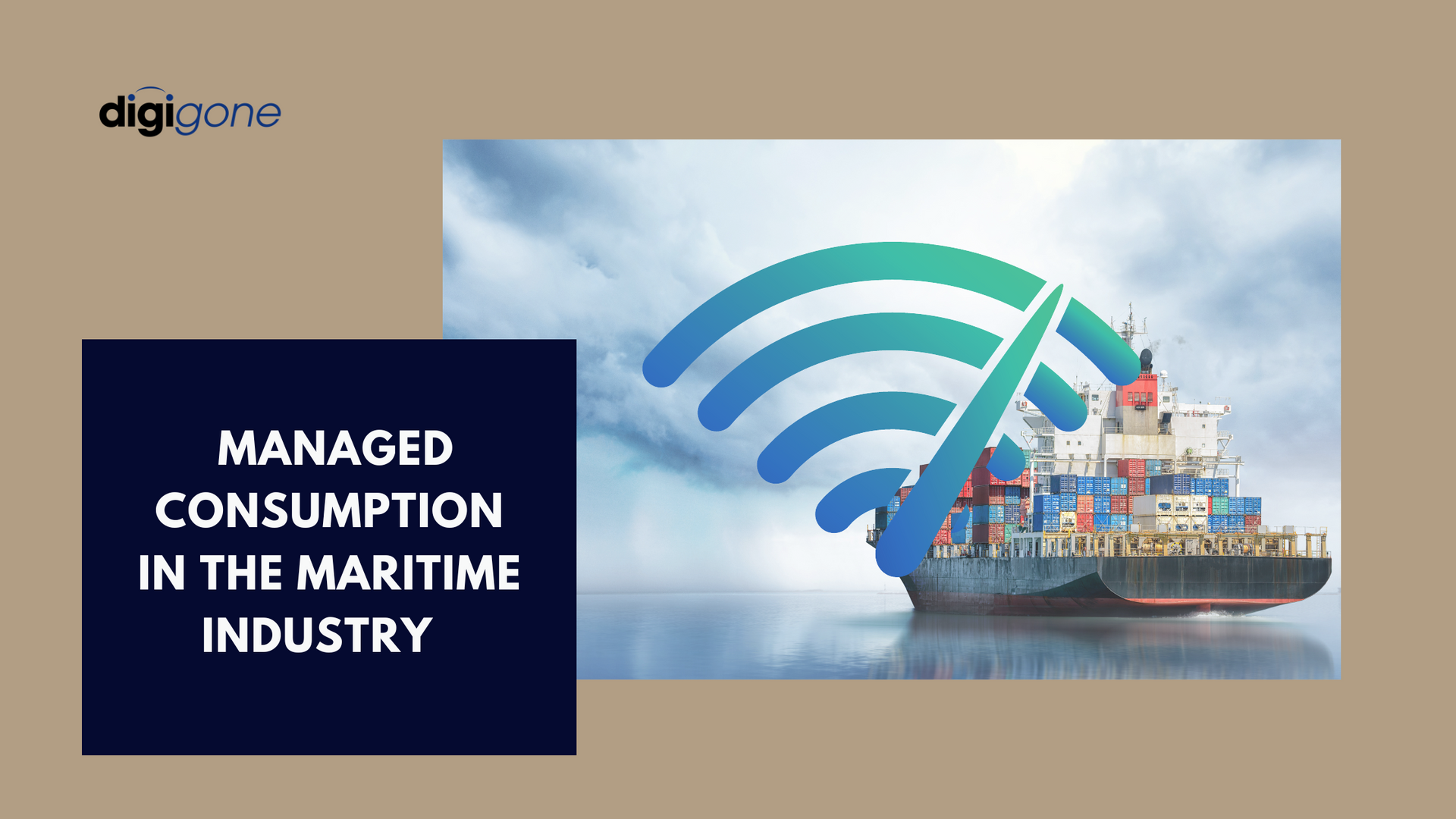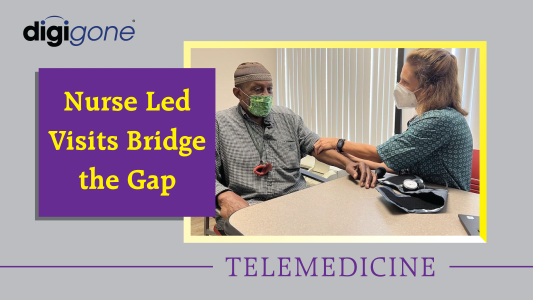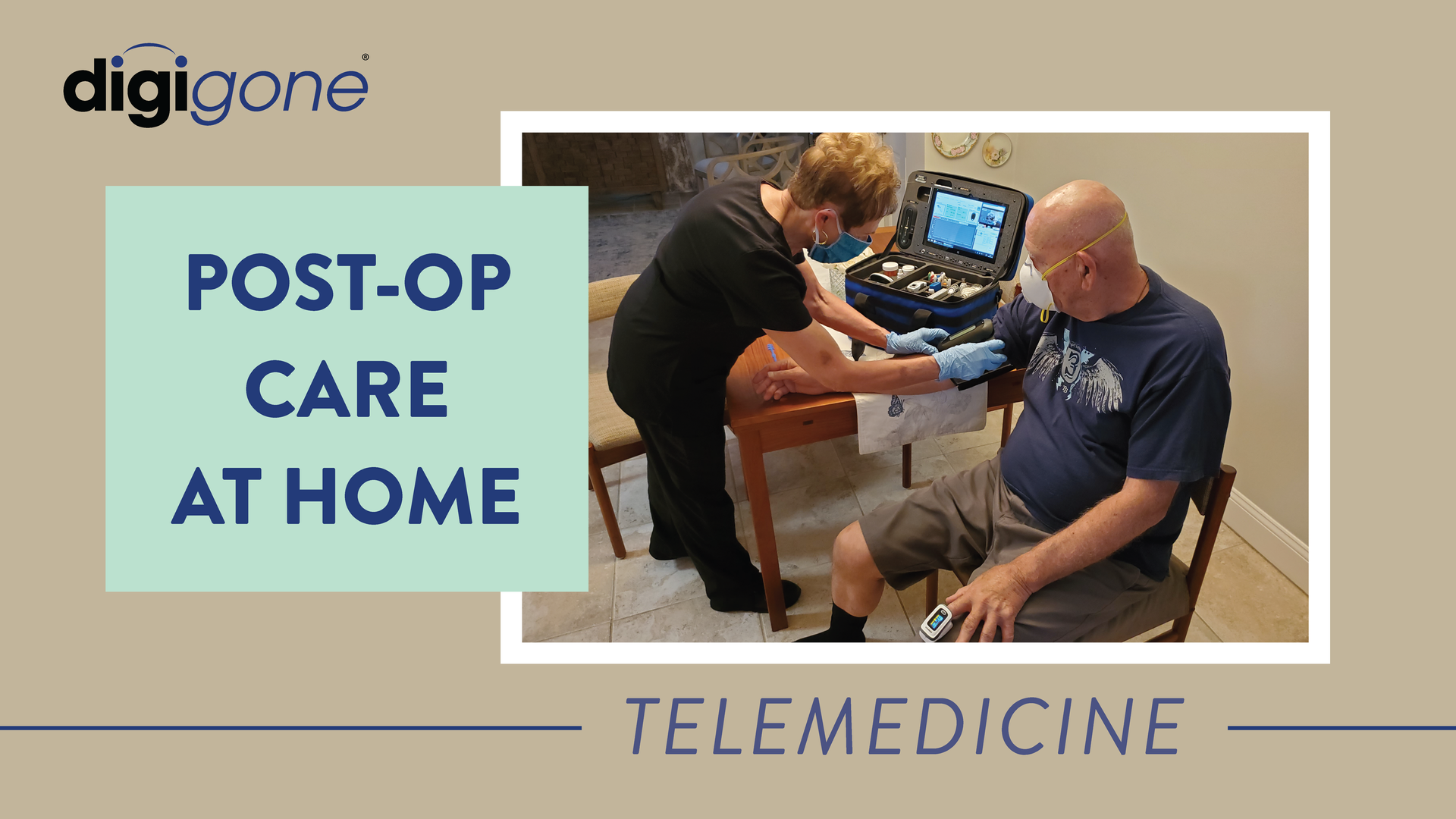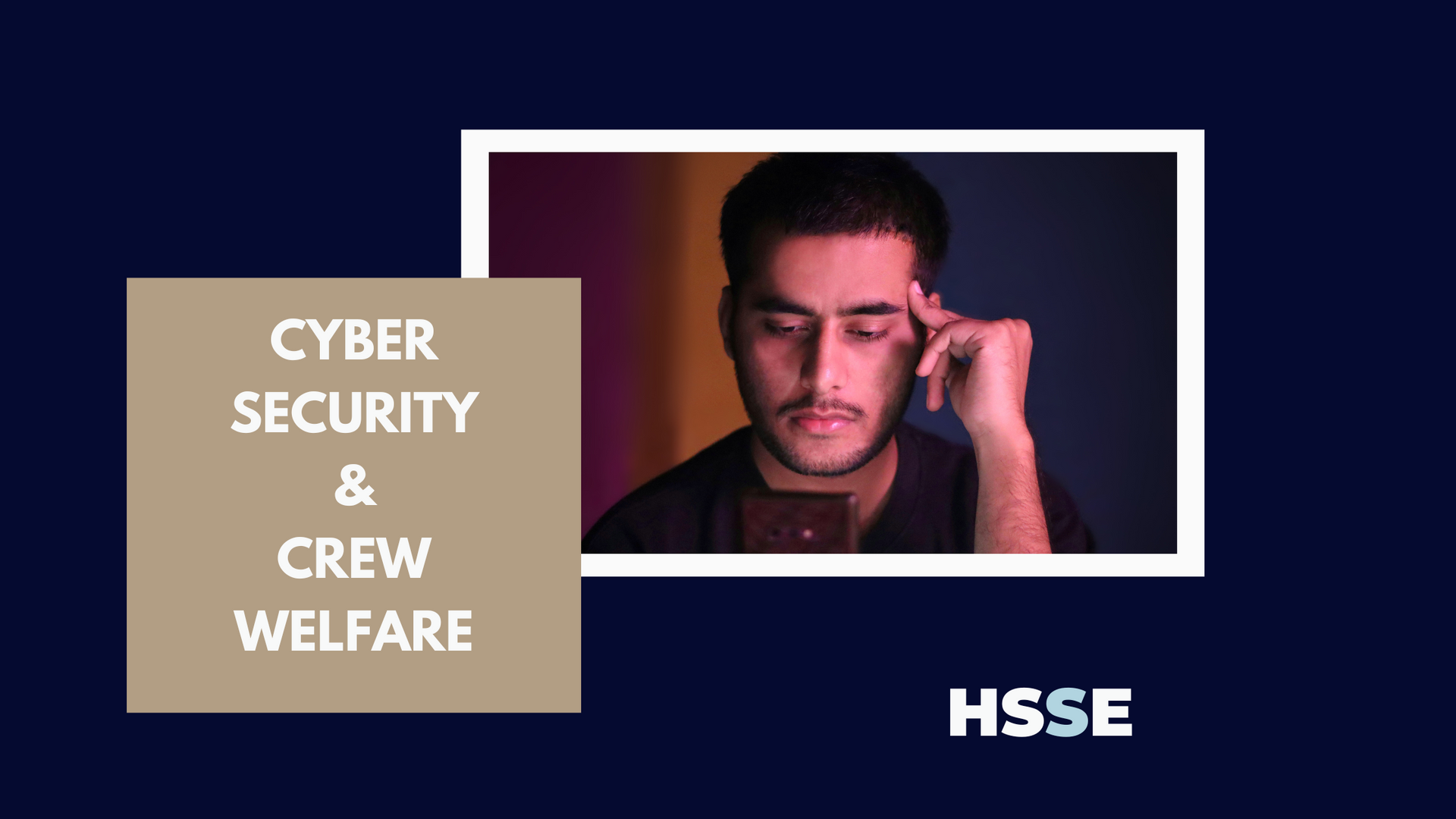Safer Seas Guidance: Key Facts
Vessels have until Dec. 23, 2024 to meet new audio and visual compliance measures as detailed recently by the U.S. Coast Guard.
In November, the U.S. Coast Guard (USCG) issued Policy Letter 23-05 outlining the guidelines for surveillance – both audio and visual – required on U.S. flagged ships under the Safer Seas Act, which was signed into law on Dec. 23, 2022. This new law is an effort to create a safer and more equitable workplace by eliminating sexual assault and sexual harassment (SASH) in the maritime industry.
The new law has a lot of requirements, which we outlined in our article
Safer Seas Act Compliance and Solutions. But, in brief vessels will need to:
- Install video surveillance and audio systems in certain areas of ships.
- Provide training to crew for responding to incidents.
- Retain recordings for at least one year.
Since incidents under this law fall within the U.S. Coast Guard’s jurisdiction, they were tasked with providing specifics on these policies. Below is what vessel companies need to know.
Placement of Video and Surveillance Equipment
According to the new law, video and audio surveillance equipment must be strategically placed in passageways into which doors and staterooms open so that every door in the passageway can be continually viewed.
The most important line in the notice might be the following line:
“The Coast Guard advises that effective surveillance is not simply having a system in place but having sufficient quality of hardware to ensure intelligibility of information captured.”
Meaning don’t just have a system, have agood system that can reliably and continually record passageways into staterooms.
Quality and Resolution
According to the USCG, video quality should be of sufficient resolution and frame rate to be able to “identify persons and their actions under all ambient lighting conditions.”
Audio equipment needs to be of good enough quality to “ensure reasonable discernment of conversations and words spoken" in the coverage area. If needed, vessel operators need to consider noise-canceling microphone technology.
The USCG emphasizes that the mission is not to burden ship owners, but rather to promote a safe working environment:
“This focus on quality and clarity of both video and audio surveillance is integral to (...) promote incident prevention and improved incident response measures.”
Notice of Video and Audio Surveillance
Clear and conspicuous signs should be placed in easily accessible areas at eye level for optimal visibility notifying the crew of the presence of video and audio surveillance equipment. The signage needs to be large enough so that it can be read from a reasonable distance.
Access and Recording Keeping
Vessel owners need to protect access to surveillance and ensure it’s not used as part of a labor action against a crew member or employment dispute, “unless used in a criminal or civil action.”
All audio and video surveillance must be retained for one year after the footage is obtained. If surveillance is associated with an alleged incident, it should be preserved for five years from the date of the alleged incident.
Also, all video and audio recordings should have time synchronization, timestamping and metadata (location).
Training
Finally, the last part of this guidance addresses crew training “for the purpose of responding to incidents of sexual assault or harassment.”
Training needs to ensure that individuals:
- Retain surveillance records in an objective manner.
- “Act impartially without influence from others.”
- Include any federal, state, tribal, or local laws and regulations regarding SASH investigations and reporting.
The USCG advises that detailed records be kept for all training sessions, including date, location, topics covered, and personnel present for the training.
In terms of how recordings are stored, the USCG advises that they may be kept “via physical storage on board the vessels or office or via a cloud-based service.”
Deadline for Safer Seas Compliance
All surveillance equipment is required to be installed and functioning by Dec. 23, 2024, or the next scheduled drydock, whichever date is later.
Compliance with this new guidance will be a major project in the upcoming year for many vessel companies. DigiGone has provided assets for the maritime industry for decades, including audio and video surveillance that runs on managed bandwidth applications. We can provide consultation and guidance ensuring ships are in compliance and your vessel is a safe place for all crew.
DigiGone is a veteran-owned, service-disabled business based in Largo, Florida, providing custom, managed bandwidth solutions such as
digiMed,
CrewChat,
digiView, and
digiChat in the maritime, oil and gas and mining industries. For more information visit
digigone.com
to request a demonstration. Or email us at info@digigone.com, or call at 1-727-544-2327.

